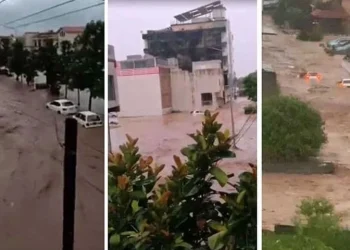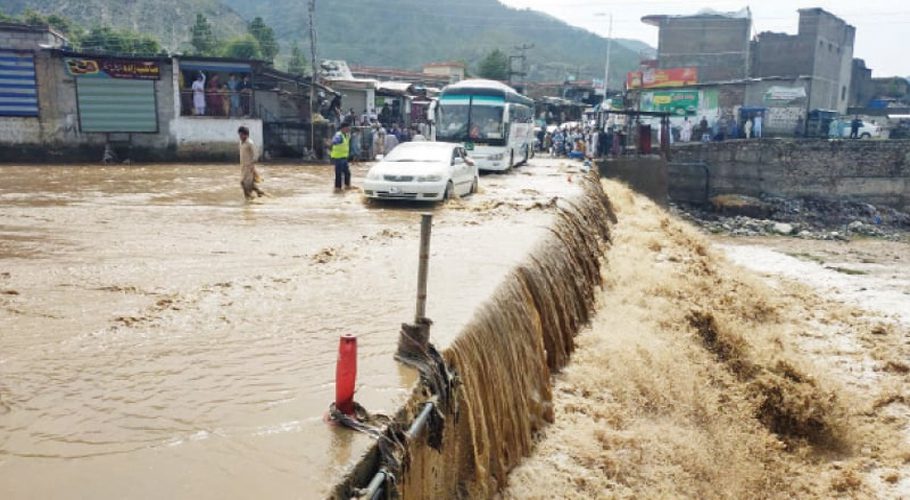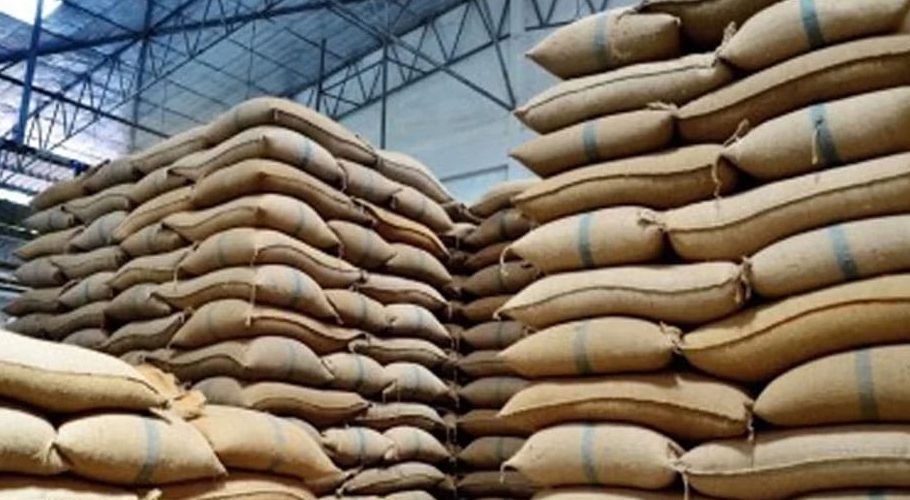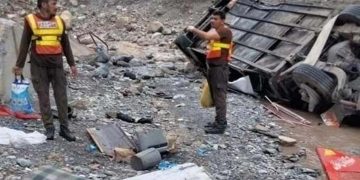CAIRO: Prime Minister Shehbaz Sharif has said that Pakistan emitted less than one percent of the greenhouse gases but it was among the ten most affected countries of the world by climate induced emergencies.
Also read: Pakistan’s agri sector requires $3.97b to recover from flood damages: Report
Speaking at a roundtable here at the launch of the executive plans for the early warning system, PM Shehbaz Sharif said temperatures in some cities of south Pakistan crossed the limit of 53 centigrade, adding the high temperatures were the cause of fires in forests. He further said that Pakistan witnessed the worst floods this century, which was a matter of concern for the future.
The Prime Minister said that the Early Warning System (EWS) was critical for adaptation and resilience of the countries afflicted by the adverse impacts of climate change. He said the EWS worked as an important communication tool to inform people living in the far-flung areas about the natural disasters in advance.
Also read: 27,000 schools in Pakistan remain inaccessible due to devastating floods: UNICEF
This system gave enough time for the surveillance, forecasting and for dealing with the natural disasters by speedy relay of data, he said, adding that the use of modern technology and early warning system gave details about risks and protected from the natural disasters.
He said under this glacier was an unstable lake which caused floods in the Hunza valley every year. However, people were timely evacuated from the valley due to the automated weather station.
Also read: WHO warns of increasing public health risks in flood-affected Pakistan
He recalled that due to the effects of climate change in 2022, in Hassanabad village on the Karakoram Highway, six houses, agricultural land, two hydro power projects and orchards were destroyed but there was no loss of lives.
The weather station was monitoring the glacier and every day the inflow and outflow of water in the lake was determined.





































